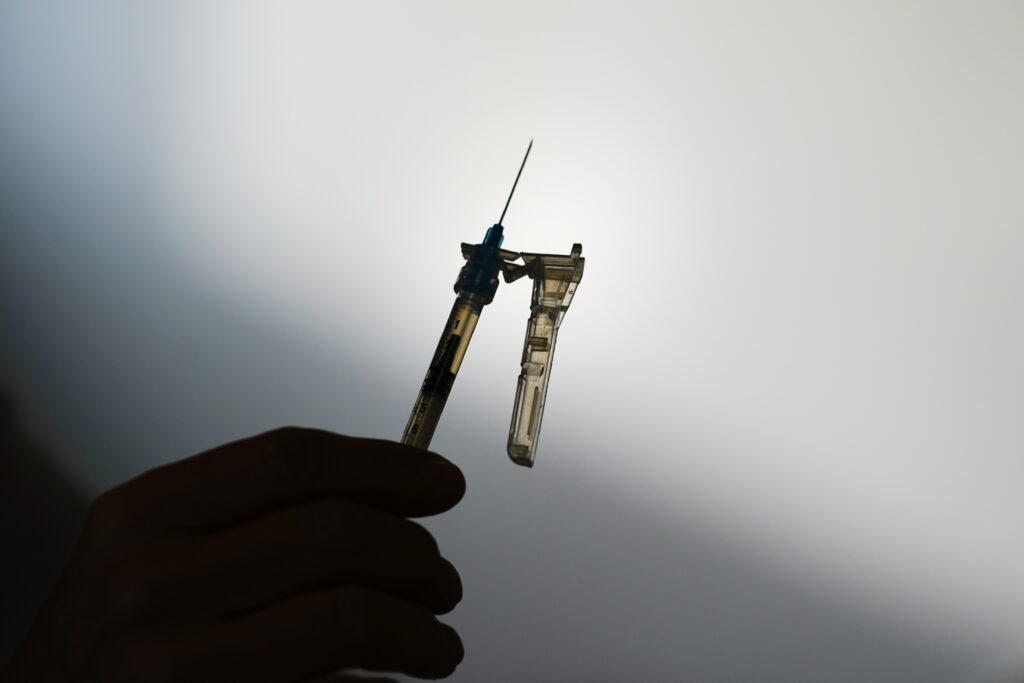The Environmental Protection Agency is enforcing limits on a cancer-causing chemical used to sterilize medical equipment, it announced Thursday.
Ethylene oxide, one of the most toxic air pollutants regulated by the EPA, is used to clean billions of daily medical instruments such as catheters and syringes. This colorless, flammable gas has been associated with types of cancers such as lymphoma and leukemia.
On Thursday, the EPA confirmed that it will lower ethylene oxide emissions by 90% by enforcing commercial sterilization facilities in the United States to test for the antimicrobial chemical. The rule is poised to “safeguard public health from this pollution – including the health of children, who are particularly vulnerable to carcinogens early in life.”

“We’ve arrived at a historically strong rule that will protect the most exposed communities from toxic air pollution while also ensuring that there will be a process that safeguards our nation’s critical supply of sterilized medical equipment,” EPA Administrator Michael Regan said Thursday.
“The science on health risks from ethylene oxide shows both short-term and long-term exposure are dangerous for health,’’ said American Lung Association CEO Harold Wimmer.
The ALA said the new measure is crucial to protect human health from cancer caused by ethylene oxide emissions. Many communities close to commercial sterilization facilities have an increased cancer rate compared to those that do not.
“No one should have to live with elevated cancer risk because of air pollution in their community,” Wilimer said. Darya Minovi, from the Union of Concerned Scientists, said the enforcement should have been done ages ago.
“For far too long, communities across the country, especially black and brown people and those who do not speak English as a first language, have been exposed to the cancer-causing chemical ethylene oxide,” Minovi said.
“Make no mistake: Politically powerful industries sought to weaken the rule’s health-protective standards, but the public health benefits that will be afforded to communities through this action are a testament to the efforts of grassroots advocates and public health experts who didn’t let up in their demands,” Minovi added.
The heightened restrictions are due to the EPA’s new grasp on the dangers of the pesticide.
A small amount of exposure to the cancer-causing substance isn’t considered dangerous, but breathing it over a prolonged period of time heightens the risk of breast and other cancers, the EPA said.
Medical technology lobbyists are concerned that this rule could hurt patients’ access to crucial medical instruments. AdvaMed, the world’s largest medical technology association, and the Medical Device Manufacturers Association shared that the rule could lead to a shutdown of sterilization facilities and shorten the supply chain.
CLICK HERE TO READ MORE FROM THE WASHINGTON EXAMINER
“We just have to get this rule right, or there’s going to be a huge — I would even say catastrophic — impact on the healthcare system,” said Scott Whitaker, president of AdvaMed.
According to the Centers for Disease Control and Prevention, “ETO toxicity has been established in a variety of animals. Exposure to ETO can cause eye pain, sore throat, difficulty breathing and blurred vision. Exposure can also cause dizziness, nausea, headache, convulsions, blisters and vomiting and coughing.”
